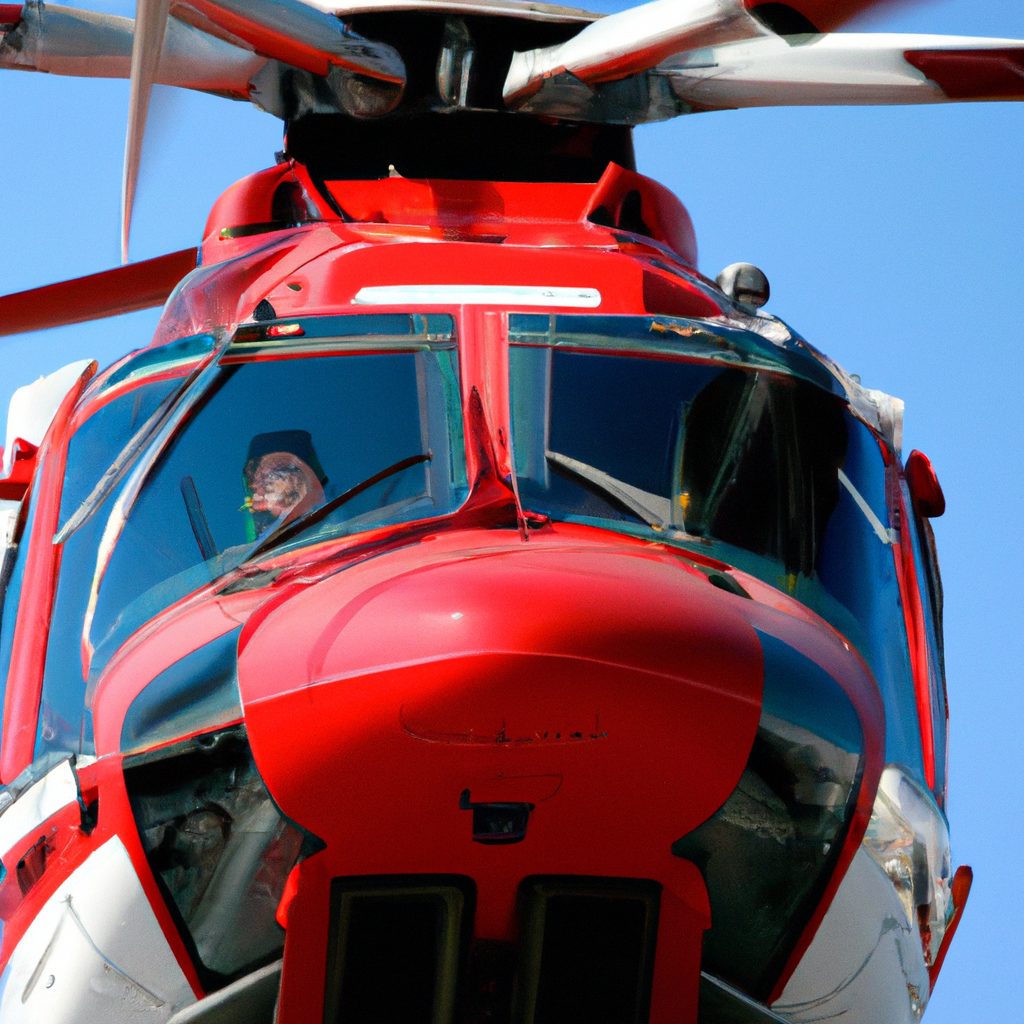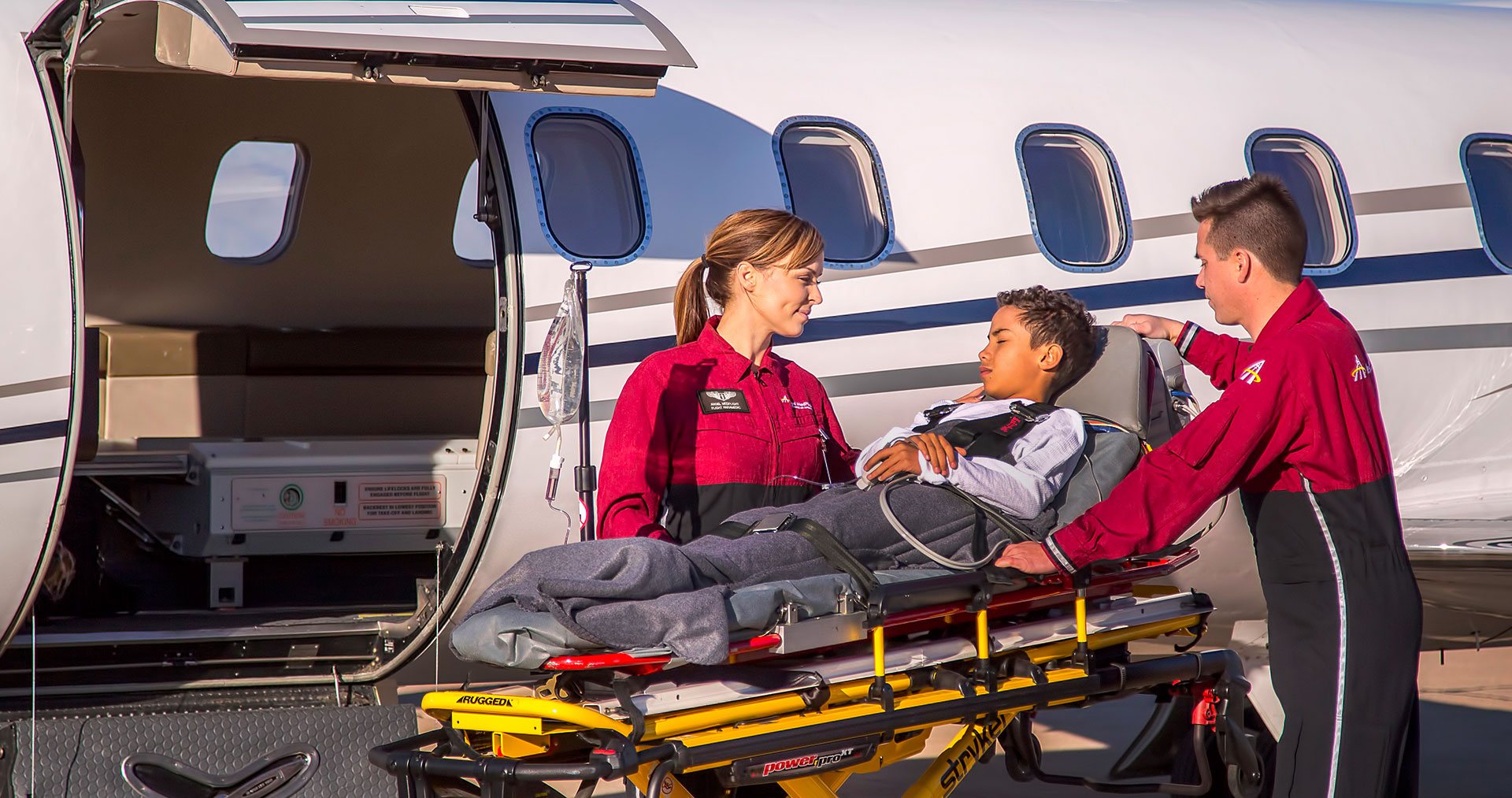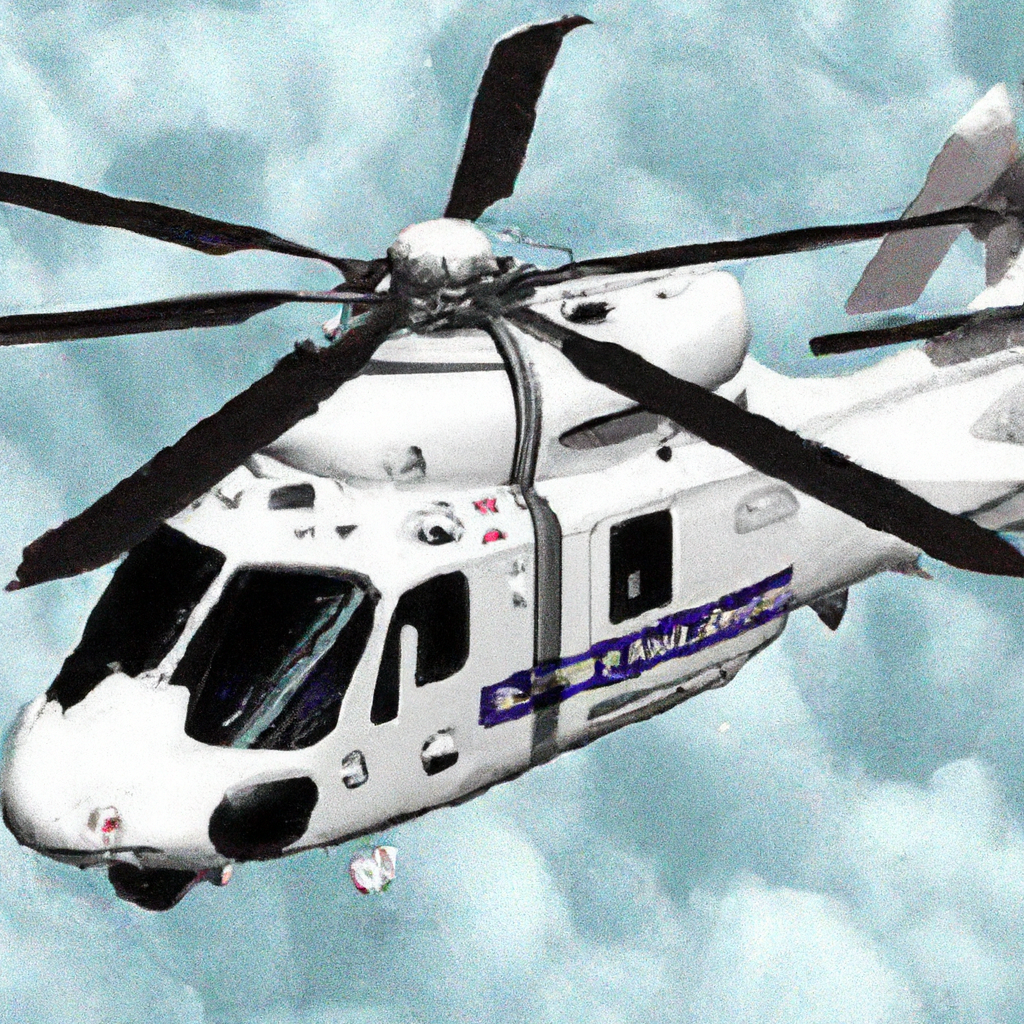Alright, imagine this: you’re an aspiring air ambulance trainee, eagerly embarking on a journey that will lead you to a life-saving profession. Curious about what a typical day might look like in the shoes of an air ambulance trainee? Allow me to paint you a vivid picture. From heart-pounding emergency calls to intense hands-on training, each day is an exhilarating adventure filled with invaluable learning experiences. So, grab a coffee, sit back, and let’s delve into the captivating world of an air ambulance trainee.

Morning Routine
Waking Up
As an aspiring air ambulance trainee, your day starts bright and early. You know the importance of getting enough rest to ensure you’re alert and ready for the challenges ahead. Waking up early allows you to have sufficient time to prepare yourself mentally and physically for the day ahead.
Preparing for the Day
Once you’re up, it’s time to get yourself organized. You’ve learned the importance of being well-prepared, so you lay out your uniform and gather all the necessary equipment you’ll need for the day. Ensuring that your gear is in proper working condition is crucial for your safety and the safety of the patients you’ll be attending to.
Traveling to the Base
After getting dressed and having a quick breakfast, it’s time to make your way to the base. As an air ambulance trainee, you could be stationed in various locations, depending on where you are in your training program. You arrive at the base, ready to immerse yourself in the exciting world of air ambulance operations.
Introduction to Air Ambulance
Orientation and Briefing
Before diving into the technical aspects of air ambulance operations, you go through a comprehensive orientation and briefing session. This session serves to familiarize you with the policies, procedures, and guidelines that govern air ambulance operations. Understanding the importance of teamwork and effective communication is emphasized during this phase.
Overview of Equipment
As an air ambulance trainee, you’re introduced to the state-of-the-art equipment used in these life-saving missions. From advanced monitoring systems to specialized medical equipment, you get to learn how to use and maintain each tool effectively. Understanding the capabilities and limitations of the equipment is crucial for providing optimal patient care.
Familiarizing with the Aircraft
Next, you’re introduced to the aircraft itself. You learn about the different types of air ambulances and their unique features. Familiarizing yourself with the layout and functionality of the aircraft is essential for quick and efficient patient transfers. Safety procedures specific to the aircraft are also covered, ensuring that you can navigate the aircraft safely during emergency situations.
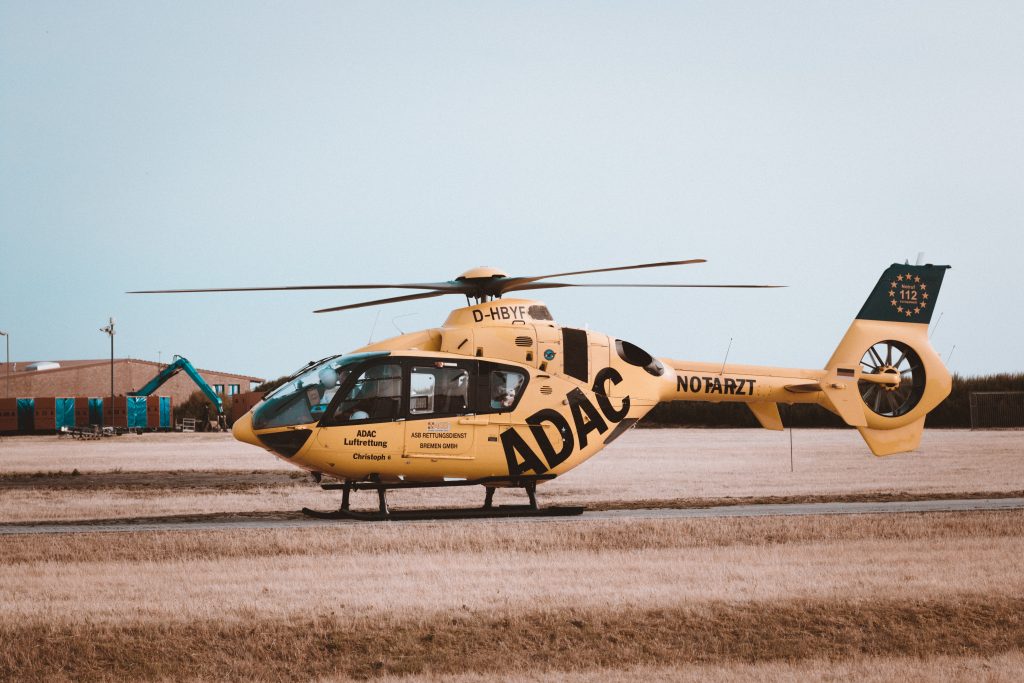
Emergency Preparations
Emergency Drills and Training
Emergency preparedness is a key aspect of air ambulance operations. You participate in regular emergency drills and training sessions, simulating various scenarios to ensure that you’re well-equipped to handle unexpected situations. From rapid patient extrication techniques to evacuation procedures, these drills help you develop the reflexes and confidence needed in high-pressure situations.
Reviewing Emergency Plans
In addition to practical drills, you spend time reviewing and studying the emergency plans and protocols. Understanding the chain of command, communication procedures, and individual roles during emergencies is crucial for seamless teamwork. By reviewing and internalizing these plans, you ensure that you’re well-prepared to respond to any emergency that arises.
Understanding Safety Procedures
Safety is of utmost importance in the air ambulance industry. You undergo extensive training on safety procedures, including aircraft entry and egress, proper lifting techniques, and infection control measures. Emphasizing the importance of personal protective equipment (PPE) and maintaining a clean and hygienic environment ensures the well-being of both the patients and the crew.
Medical Training
Basic Life Support (BLS) Training
To provide effective patient care, you undergo rigorous training in basic life support techniques. This includes cardiopulmonary resuscitation (CPR), automated external defibrillator (AED) usage, and airway management. These skills form the foundation of medical intervention and are essential in stabilizing patients during critical situations.
Advanced Life Support (ALS) Training
Building on the foundation of basic life support, ALS training is a crucial component of your air ambulance training program. This advanced training equips you with the knowledge and skills necessary to manage complex medical emergencies. From administering medications to interpreting electrocardiograms (ECGs), ALS training allows you to take a more active role in patient care.
Scenario-based Medical Simulations
To further refine your medical skills and decision-making abilities, you engage in scenario-based medical simulations. These simulations replicate real-life situations, allowing you to practice critical thinking, communication, and teamwork while managing patients in a controlled environment. Through these simulations, you gain valuable experience and confidence in handling medical emergencies.

Communication Skills
Learning Radio Communications
Effective communication is vital for successful air ambulance operations. You undergo training in radio communications, learning proper radio etiquette, and how to communicate clearly and concisely. Mastering radio communications ensures that information exchange between you, the flight crew, and ground personnel is accurate and efficient, facilitating smooth coordination during missions.
Effective Interactions with Paramedics
As an air ambulance trainee, you recognize the importance of effective communication and collaboration with paramedics on the scene. You learn how to establish rapport, convey information, and take direction from paramedics seamlessly. This collaboration enhances the level of care provided to patients, as everyone works together as a cohesive team.
Clear Patient Handovers
Transferring patient care seamlessly is another essential communication skill you develop during your training. You learn how to conduct clear and concise patient handovers to the receiving medical staff, ensuring all critical information is communicated accurately. This ensures continuity of care and enhances patient safety throughout the transfer process.
Patient Assessment and Care
Understanding Triage Systems
Triage is a critical aspect of air ambulance operations, allowing medical professionals to prioritize patient care based on the severity of their condition. You learn different triage systems and how to apply them effectively in emergency situations. Understanding the principles of triage enables you to make informed decisions regarding patient care and resource allocation.
Assessing and Stabilizing Patients
You gain expertise in assessing and stabilizing patients in both pre-hospital and in-flight environments. Through hands-on training, you learn how to conduct thorough assessments, prioritize interventions, and provide appropriate medical treatments. From managing airway obstructions to controlling bleeding, you develop the skills necessary to stabilize critical patients.
Administering Medications
As part of your medical training, you become proficient in administering medications and intravenous therapies. You learn how to calculate dosages accurately, choose appropriate medications, and administer them safely. Mastering medication management ensures that patients receive the appropriate medications at the right time, optimizing their chances of a positive outcome.
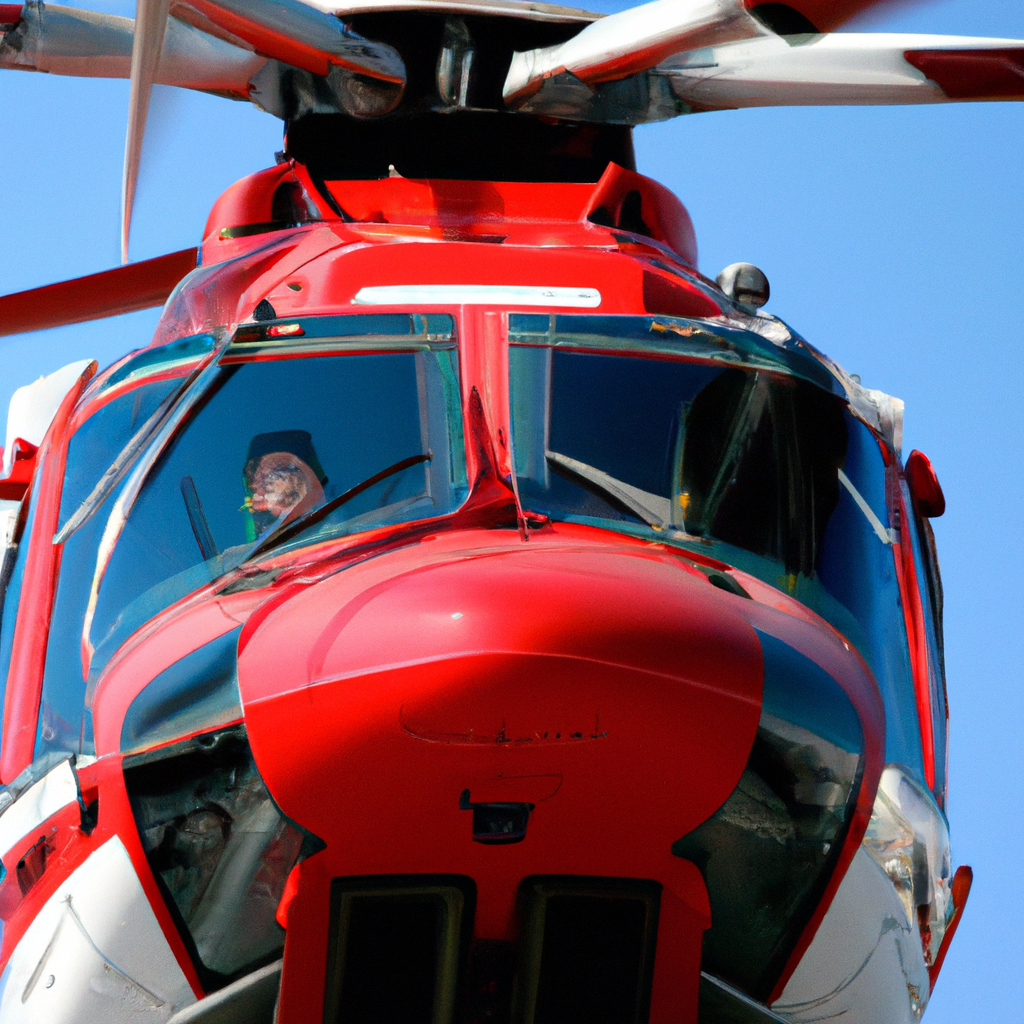
Aircraft Operations
Aircraft Familiarization
Understanding the intricacies of the air ambulance itself is essential for conducting smooth operations. You become familiar with the specific features of the aircraft you’ll be working on, including emergency exits, equipment storage, and seating arrangements. This familiarity allows you to navigate the aircraft efficiently, even in high-stress situations.
Loading and Unloading the Patient
A critical aspect of air ambulance operations is safely loading and unloading patients. Through training and hands-on practice, you learn proper lifting and moving techniques, ensuring the safety and comfort of both the patient and the crew. You also become familiar with different stretcher systems and securing patients during transportation.
Safety Checks and Procedures
Prior to each flight, you engage in thorough safety checks and procedures. These checks include inspecting the aircraft, equipment, and medical supplies to ensure everything is in proper working order. Reviewing emergency equipment, including fire extinguishers and oxygen systems, is crucial for maintaining a safe operating environment for all onboard.
Airborne Operations
Radio Communication during Flight
Once airborne, effective communication becomes even more critical. You continue to use your radio communication skills to relay pertinent information to the flight crew, ground personnel, and receiving medical facilities. Clear and concise communications facilitate efficient coordination and ensure that everyone is on the same page throughout the duration of the flight.
Maintaining Constant Monitoring
During the flight, you’re responsible for constantly monitoring the patient’s condition and adjusting interventions as necessary. This includes monitoring vital signs, administering medications, and addressing any changes or complications that arise. Constant monitoring ensures that patients receive the highest level of care even while in the air.
Assisting the Flight Crew
As an air ambulance trainee, you’re an integral part of the flight crew. You work closely with the pilots and flight technicians to ensure a smooth and safe flight. You assist with tasks such as maintaining communication equipment, monitoring fuel levels, and performing other duties as necessary. Your active participation helps keep the entire team focused and prepared.
Case Studies and Scenarios
Evaluating Real-life Scenarios
To further enhance your decision-making skills, you study and evaluate real-life air ambulance case studies. These case studies present complex scenarios and challenge you to analyze the situation, identify the optimal approach, and provide appropriate interventions. This exercise allows you to apply your knowledge and experience to practical situations, strengthening your skills and critical thinking abilities.
Analyzing Different Cases
Each air ambulance mission is unique, and you gain exposure to a variety of cases during your training. From traumatic injuries to medical emergencies, you analyze different cases and their corresponding treatment plans. This exposure broadens your understanding of various medical conditions and hones your ability to adapt and respond effectively to diverse scenarios.
Identifying Optimal Approaches
Through case analysis and scenario evaluations, you develop the ability to identify the optimal approaches for each patient’s unique situation. The experience gained during your training prepares you to make informed decisions during critical moments. This skill is especially crucial in time-sensitive situations, where quick thinking and the right course of action can significantly impact a patient’s outcome.
End of Day Routine
Debriefing with Team Members
At the end of each day, you participate in a debriefing session with your team members. This session serves as an opportunity to reflect on the day’s operations, discuss any challenges encountered, and provide feedback for improvement. Open and honest communication during the debriefing fosters teamwork and continual growth as an air ambulance professional.
Cleaning and Restocking Equipment
After the debriefing, you take responsibility for cleaning and restocking equipment. Maintaining a clean and organized work environment is essential for efficient operations. You ensure that all equipment is properly sanitized, restocked, and ready for the next mission. Attention to detail in this aspect is crucial for maintaining the highest standard of patient care.
Preparing for the Next Day
Finally, you take the time to prepare for the next day. This involves reviewing any assigned readings or studying relevant topics that may arise during your training. Keeping up with the latest advancements in the air ambulance field is essential for staying at the forefront of patient care. By preparing for the next day, you ensure that you’re ready to tackle new challenges and continue your journey as an air ambulance trainee.
As an air ambulance trainee, each day brings new opportunities to grow and sharpen your skills. The comprehensive training program prepares you to handle emergencies with confidence and provide the highest level of care to patients in critical situations. Your dedication and commitment to learning will transform you into a skilled air ambulance professional, ready to make a difference in the lives of those you serve.
